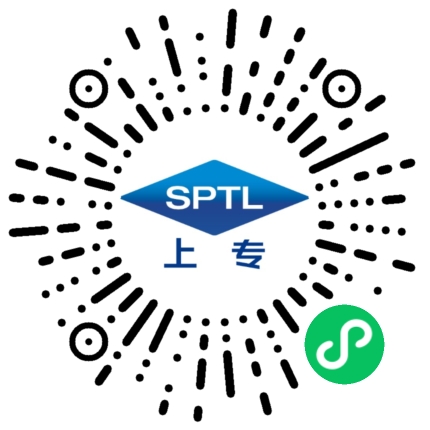Judgment of "Inventions Completed in China"
Recently, the Intellectual Property Tribunal of the Supreme People's Court concluded an administrative dispute appeal case regarding the invalidation of an invention patent for blood gas biochemical analyzer technology, involving issues such as the determination of "inventions completed in China" under the Patent Law, the conditions for confidentiality examination (foreign filing license) obligations, and the basis for examination.
In this case, Wan… Company requested to invalidate the patent at issue. The main ground is that the technical solution of the patent is the result of a scientific research project in Guangdong Province, and the U.S. company, Lee… Company, filed a patent application for an invention completed in China abroad without requesting confidentiality examination, which violated the provisions of the Patent Law on confidentiality examination; The patent in question was filed and granted in China by the U.S. company Lee… using the same technical solution, and should not be granted patent rights. In response to the request for invalidation, the China National Intellectual Property Administration(CNIPA) made a decision on the examination of the request for invalidation (hereinafter referred to as the accused decision) to maintain the validity of the patent right at issue; Wan… Company was not satisfied and filed a lawsuit with the Beijing Intellectual Property Court of the People's Republic of China (hereinafter referred to as the court of first instance), requesting to revoke the accused decision, and the CNIPA make a new decision. The first instance court made an administrative judgment, rejecting the claim of Wan… Company; Wan Company was dissatisfied and appealed to the Supreme People's Court. During the trial in the first instance court, Lee… Company submitted email communication records during the research and development process as counter evidence, and one of the inventors, Lin, appeared as a witness in this case. During the second instance of this case, neither party submitted any new evidence.
The Supreme People's Court held during the trial that Rule 8 (1) of the Implementing Regulations of the Patent Law stipulates: "The invention or utility model completed in China stipulated in Article 20 of the Patent Law refers to the invention or utility model in which the substantive content of the technical solution is completed within the territory of China." Based on the above provisions, the legal standard for determining whether the patent applicant has the obligation to request for confidentiality examination is whether the substantive content of the technical solution is completed in China. The judgment process mainly involves: (1) determining the substantive content of the technical solution; (2) determine whether the substantive content of the technical solution has been completed in China. Based on the technical content recorded in the communication email of the inventor of the patent at issue, combined with the project background, progress, and other information recorded in a scientific research project in Guangdong Province, and from the perspective of the laws of technology research and industrialization in this field, it can be determined that the substantive content of the technical solution of the patent at issue had been completed by the time of the approval of a scientific research project in Guangdong Province. The project should be the industrialization process of the relevant technical solution, and the existing evidence is insufficient to prove that the substantive content of the technical solution of the patent at issue was completed within China.
In the end, the Supreme People's Court rejected the claim of Wan… Company and upheld the original judgment of the first instance.
Comment:
In recent years, the number of patent applications from foreign companies coming to China and foreign-related patent applications from Chinese companies has been increasing year by year, and there may be more and more situations involving Article 20 (1) of the Patent Law. This case demonstrates the judicial concept of Chinese courts to equally protect the technological achievements of domestic and foreign entities in accordance with the law.
The takeaway of this case is that: firstly, the substantive content of the technical solution refers to the technical content related to the invention point of the patent at issue. The method of determining the invention point is similar to the method of judging whether the technical solution has inventiveness, and is determined based on the closest prior art; The second is the determination of the place where the substantive content of the technical solution is completed. A comprehensive judgment should be made in combination with the technical research and development laws of the relevant field and based on the evidence in the case, such as the formation process of the technical solution, the location where the inventor completed the substantive content of the technical solution, etc.; Thirdly, for the applicant, attention should be paid to the preservation of evidence such as technical communication, technological breakthroughs, and technological implementation during the research and development activities, and evidence should be presented actively in the administrative and judicial review procedure.
For the technological achievements of multilateral cooperation, if the applicant has plans to apply for patents in foreign countries/regions, it is advisable to submit a confidentiality examination application to the host country before filing the patent application abroad (the regulations of each country should be referred to for details) to ensure the stability of patent rights.
(Provided by Rui DONG, Domestic Dept. of SPTL)
新闻中心
卓越服务,让智慧成就非凡
卓越服务,让智慧成就非凡
卓越服务,让智慧成就非凡
卓越服务,让智慧成就非凡
友情链接
关于我们
新闻资讯
加入我们
/ 64828652
上海专利商标事务所有限公司
专利代理机构代码:31100
上海市一平律师事务所






















